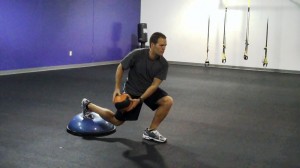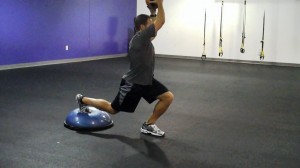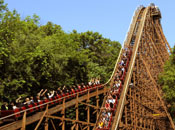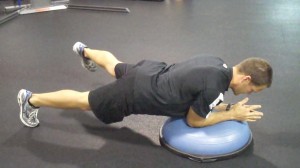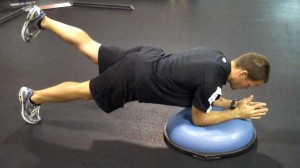So, I read a very interesting article yesterday in the local paper here, The Columbus Dispatch. The title was “Children May Be Vulnerable in $5 Billion Youth-Sports Industry.”
I have a vested interest in this discussion for two reasons:
- I profit directly from youth sports training in my business
- My two boys participate in youth sports
Consider some stats from this article:
- Youth sports has more than 6x the athletes than high schools
- 99% of high school coaches have also coached a youth team
- 90% of HS athletes played youth sports
- 50% began playing between 6 and 9
- 31% of athletes paid more then $1500/year to play
- 26% of those hurt while playing youth sports said their injury affected their ability to play any sports
- 20% say their parents pressured them to play youth sports
Perhaps the final bullet point may be the most disturbing, right? Who wants pressured? Well, we all know parents want the best for their kids, or so they should. Sometimes, they simply push too hard as they may want their child to get an elusive scholarship, or perhaps they are trying to live vicariously through the child.
While I am a firm believer in giving kids every opportunity to excel, there needs to be a healthy balance and perspective too. Kids at age 5 don’t need to be doing sport specific training. I don’t think elementary age kids need to be playing tackle football either. Why not work on coordination, cutting safely and general movement skills? The biggest thing I hate to see is specialization at an early age.
Kids should play multiple sports and work on multilateral sport development and not unilateral sports that often lead to overuse and premature injuries. Specializing in a sport is something to be considered during the high school years and beyond.
Back to the article. Consider this: one woman spent $30,000 to send her teenage son to IMG in Florida to train 6 days per week for 6 months. Another parent would drive through the night back to the Pittsburgh from Florida so his son could pitch on an elite team there on the weekend and be back in time for school for 3 straight months in the winter. Is this crazy or what?
I do not want to sound too judgmental, but at what emotional, psychological and physical cost do we draw the line? One 11 year old club soccer player gave the sport up because her coach screamed at her so much. Now she runs. Seriously? Coaches are driving youth athletes away and toward burnout daily due to elitism and ultra competitive coaching tactics/behaviors.
Perhaps we should be ashamed of ourselves? I try hard not to be a part of this. I will openly turn away sessions if I feel the athlete has too much other stuff going on. I did this just the other day as one mother called and said her son was playing soccer and running cross country. She mentioned he had some mild knee soreness. I know why.
I told her training with us was not a good option right now and that he should come back in the winter when he was not playing a sport. After talking, she thought this made perfect sense. She was not a pushy parent and truly understood that more is often not really better (refreshing).
One of my own athletes who has worked with me since age 10 recently had to give up the sport of soccer. She suffered multiple concussions, and now at age 16 is dealing with recurrent memory issues, medications and altered mood states. Wow! Is that the norm? No, but we must consider she plays soccer year-round and has since an early age. Her situation is not one in which the parents or coaches share any blame. The concussions are just an unfortunate risk in soccer.
However, as athletes play more competitively at younger ages, we may very well see more injuries and a higher severity as well since the exposure risk increases. It is certainly worth looking at in the years to come. Is all the training, extra practice and grueling competition really detrimental long term? It may be hard to say for sure, but if you coach, train athletes or are a parent, I beg you to consider the overall maturation and life cycle of your children as it relates ot sport.
Let them have fun and choose what they want to do. Let them be free to play and don’t look down on them if they walk away from your sport or chosen activity. Don’t be in a hurry to make them the next best (fill in the blank). Let’s all work together to make youth sports fun, safe and enjoyable again.
Oh yeah, and let’s make sportsmanship a priority again. One referee in the article was quoted as saying, “The parents are ruder. They don’t care about sportsmanship or if they are hurting a kid. They just argue.” While coaching my son in flag football this past Spring, one parent on an opposing team was trash talking. I mean really inappropriate stuff too. I never agree with this kind of behavior, but I think that at ages 4 and 5 it is utterly ridiculous. I will save that rant for another day. LOL
In the meantime, stand with me and be protectors of our youth athletes by using sound judgment, staying current on research, and listening to our kids as they grow.

